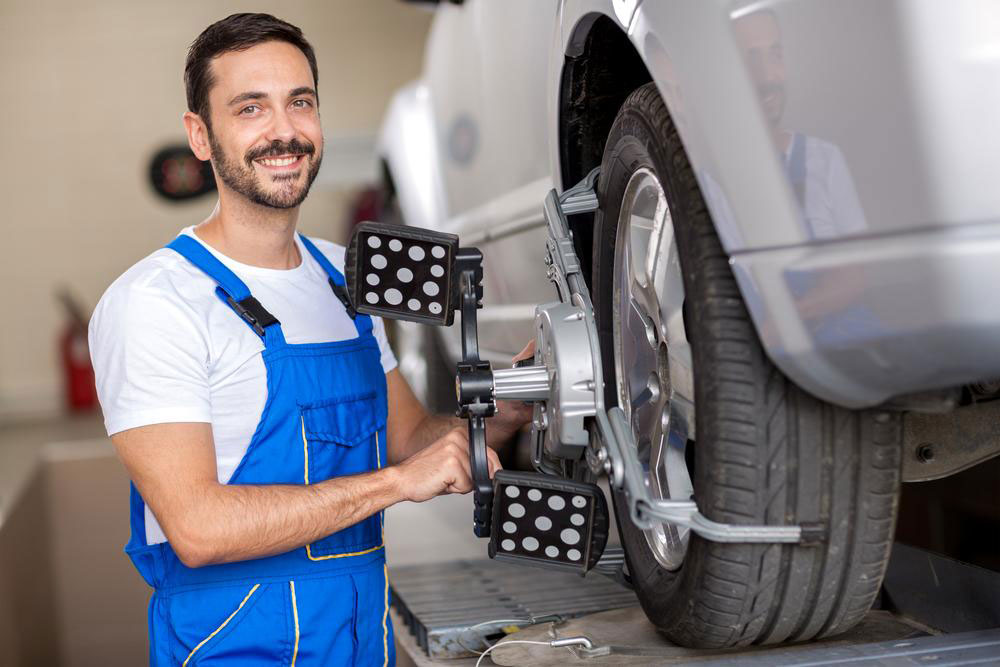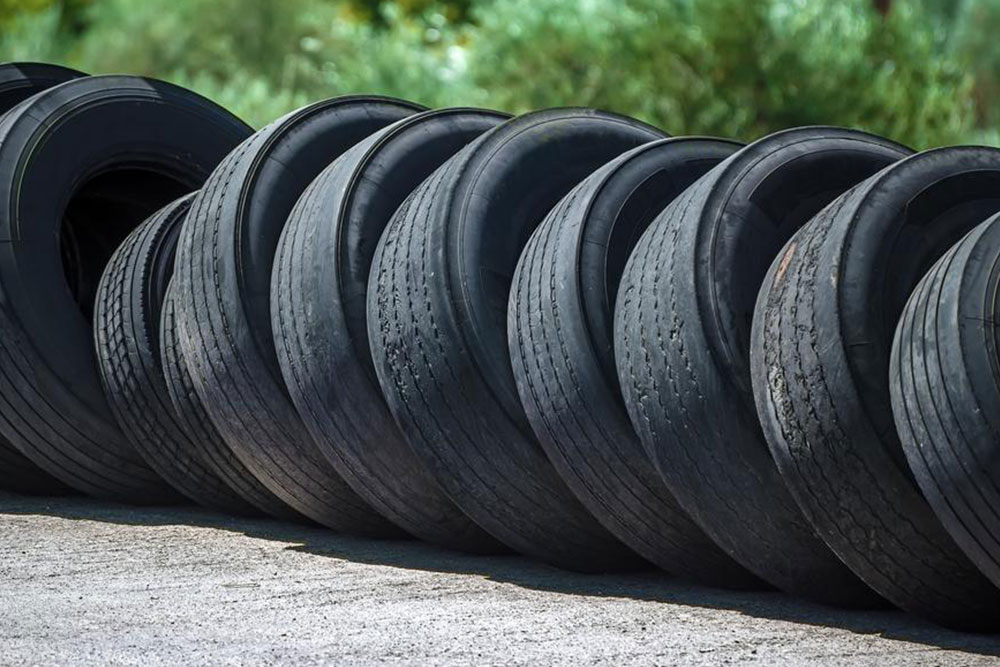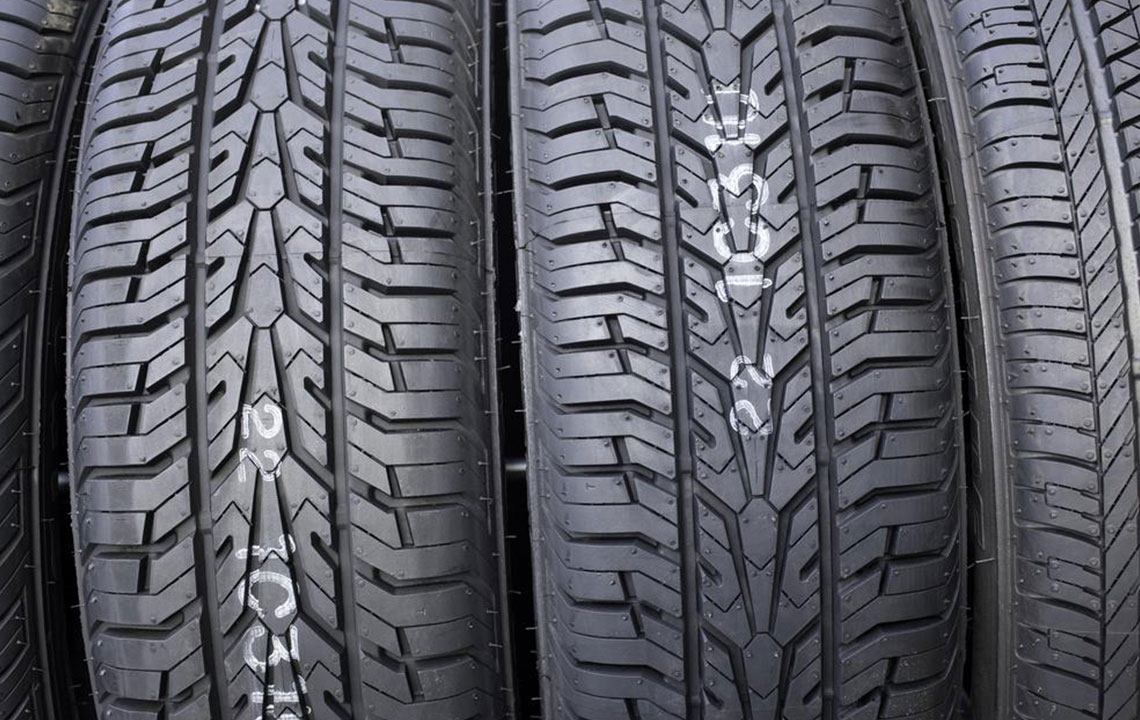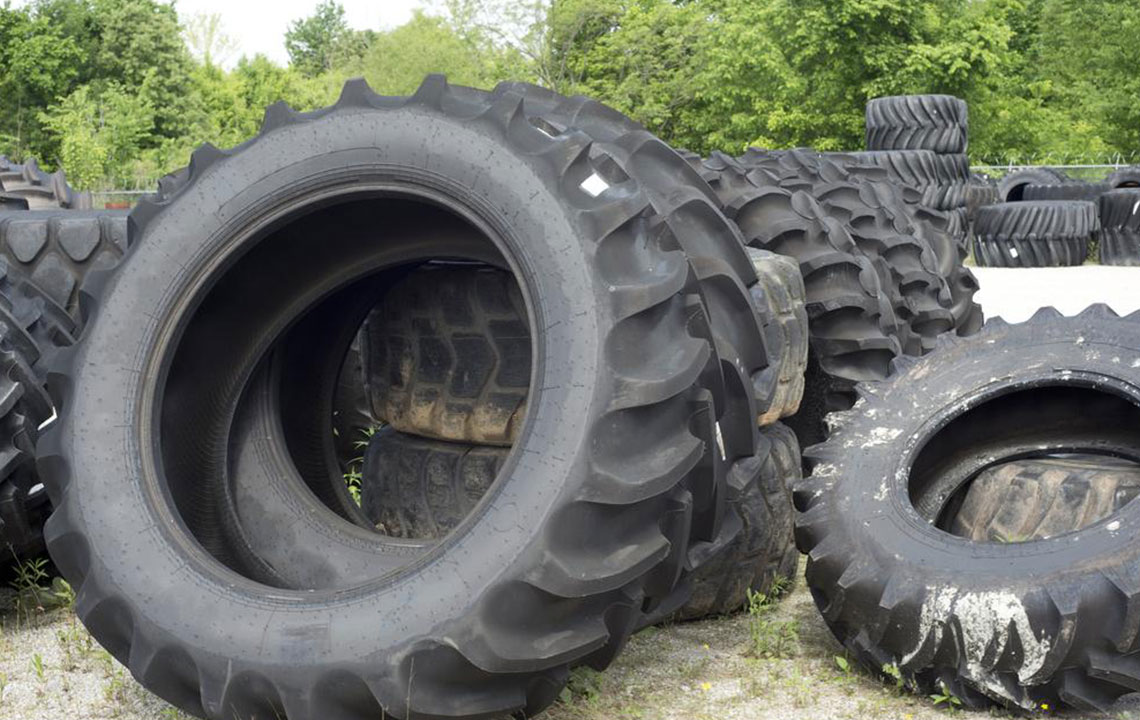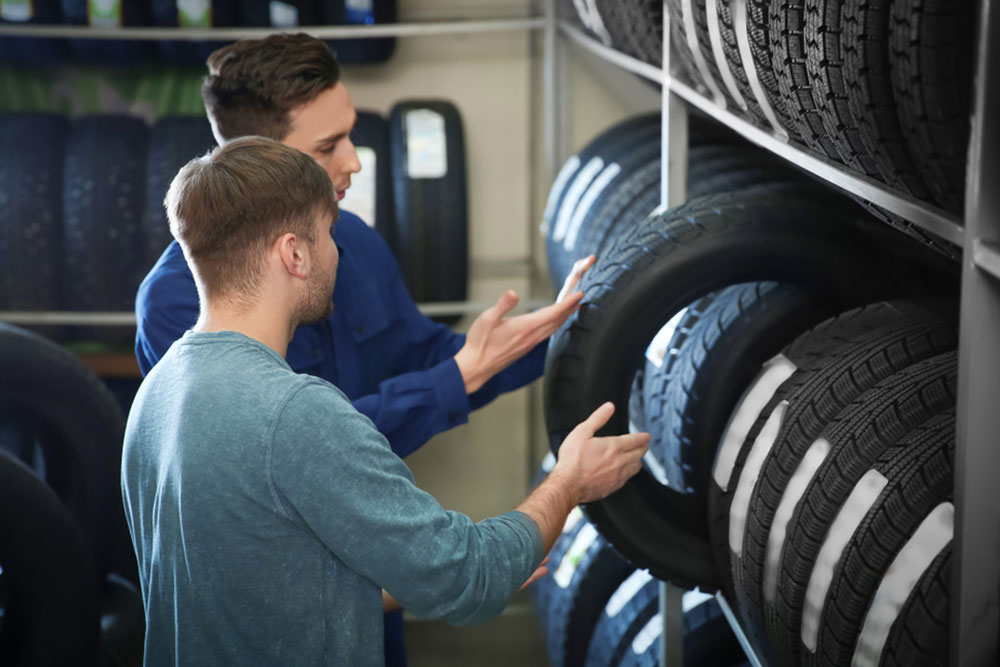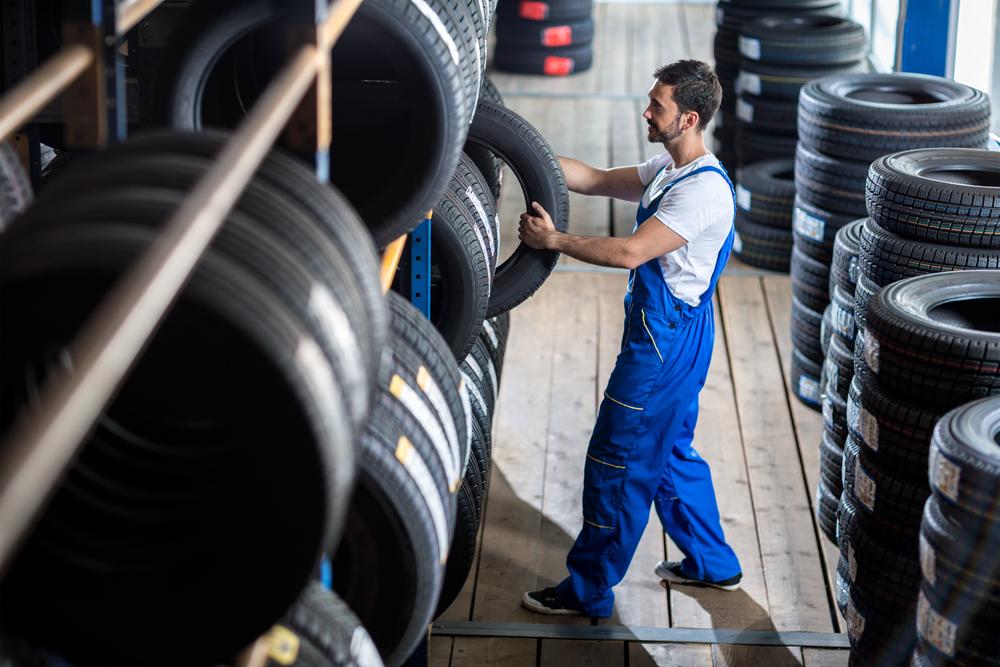Advancements in Tire Technology Evolution
Explore the transformative journey of tire technology from early pneumatic designs to modern tubeless and radial innovations. Discover how industry pioneers like Michelin and BFGoodrich revolutionized tire safety, performance, and durability over decades. The evolution reflects advancements in materials and manufacturing, influencing vehicle safety and efficiency globally.
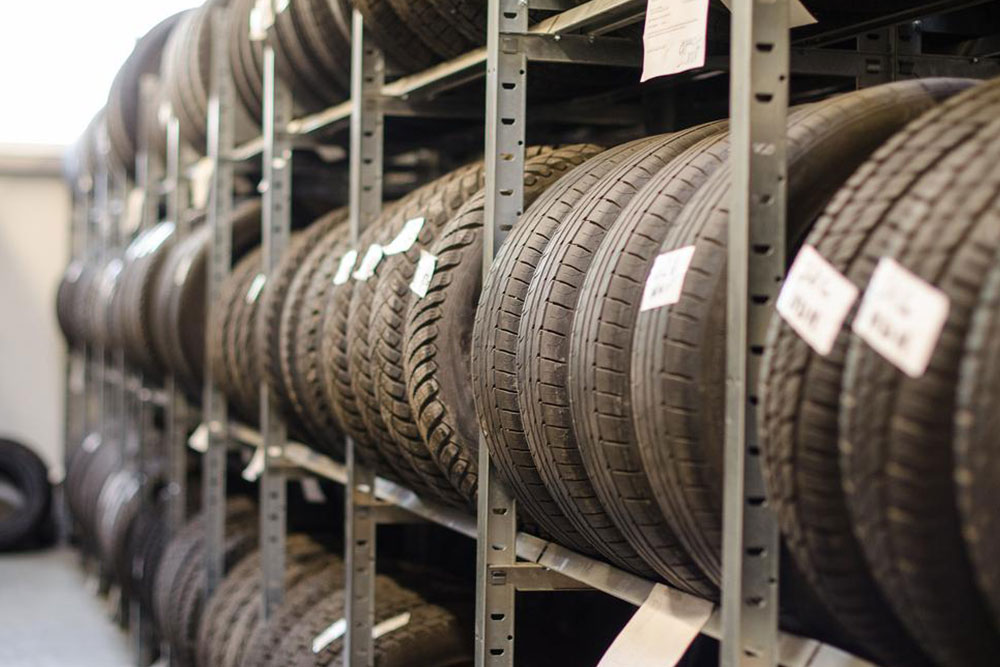
Advancements in Tire Technology Evolution
The innovation of pneumatic tires was pioneered by French brothers André and Edouard Michelin. During the 1895 Paris-Bordeaux race, their involvement sparked public interest, establishing them as leaders in European tire manufacturing. Legislation soon discouraged solid tires due to their road damage, leading to the development of pressurized air-filled tires with fabric and rubber-embedded cords forming the outer shell.
For nearly fifty years, this basic design remained largely unchanged, with rubberized cords laid diagonally, known as bias ply tires. In 1948, Michelin revolutionized the industry by introducing steel-belted radial tires, where steel cords run perpendicular to the rim, offering benefits like reduced rolling resistance and extended tread life. These tires improved steering and required lower air pressure, despite higher manufacturing costs.
While rayon, polyester, or nylon cords are used in standard radial tires, their application is not recommended in vehicles originally designed for bias ply tires due to suspension differences. Initially, American manufacturers hesitated to adopt radials, fearing high costs for manufacturing and suspension modifications. It wasn’t until the 1960s that Radial tires gained widespread acceptance, becoming standard across Europe and beyond.
In the 1970s, Pirelli introduced high-performance, low-profile radial tires, marking another significant advancement. The debut of tubeless tires by BFGoodrich in 1955 further transformed the industry, enhancing safety and ride comfort. Early attempts in the UK and South Africa faced technical hurdles, but now these tires with integrated rib seals provide smoother drives and better safety.

